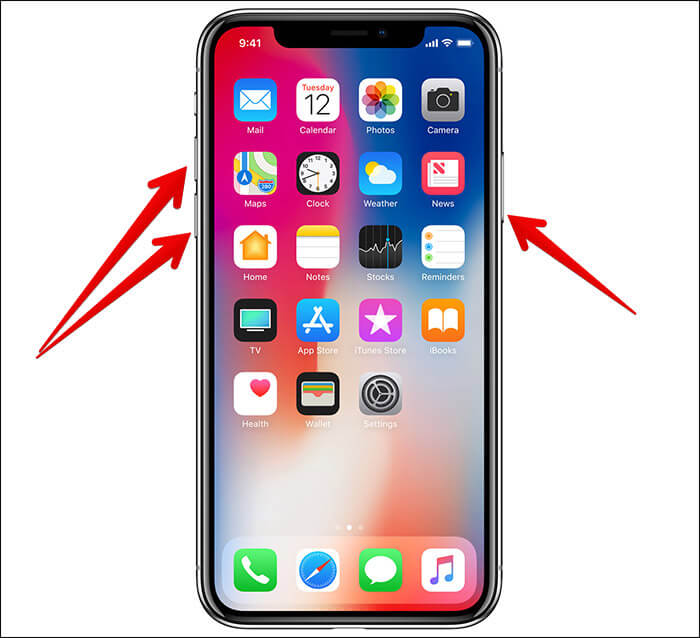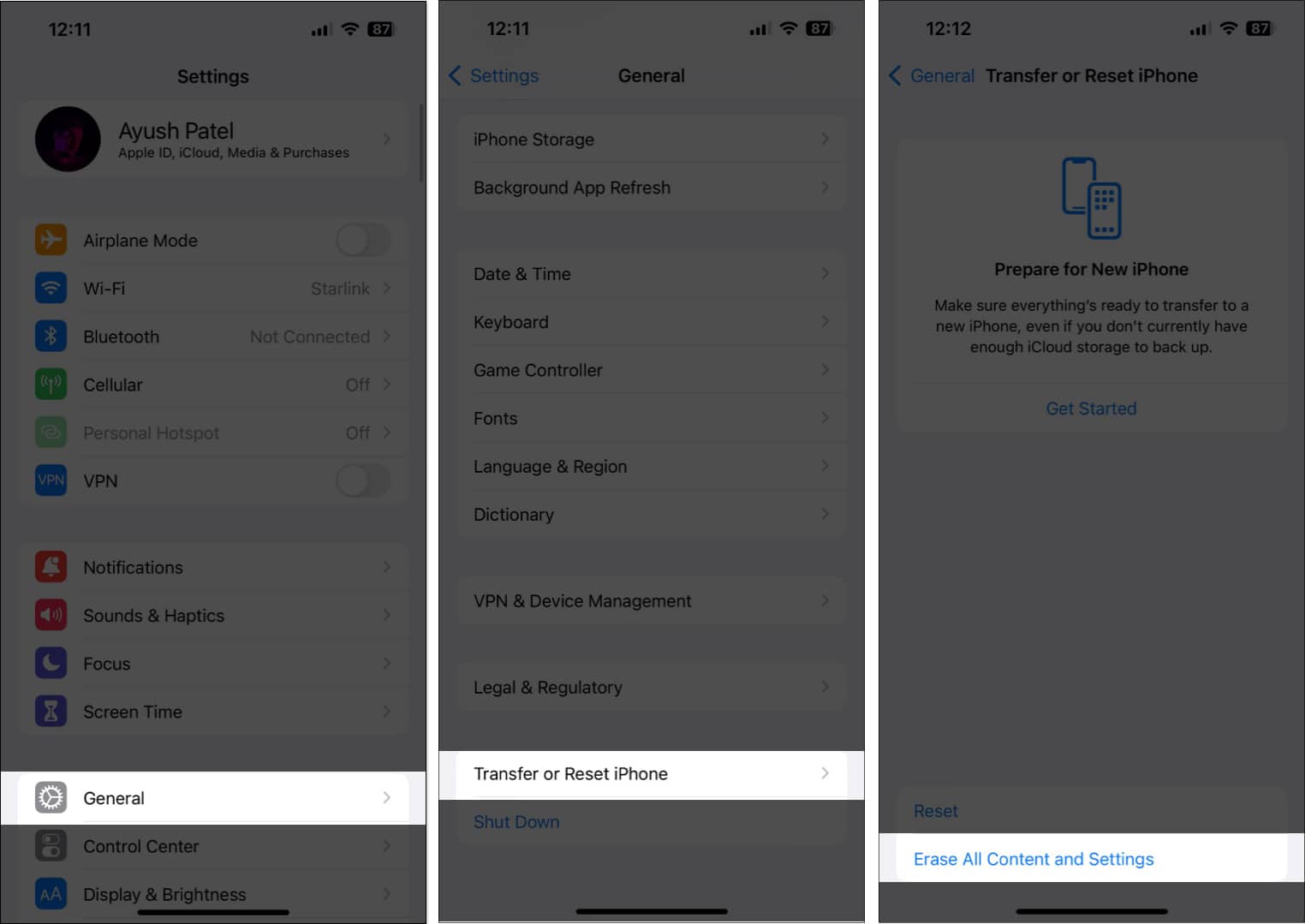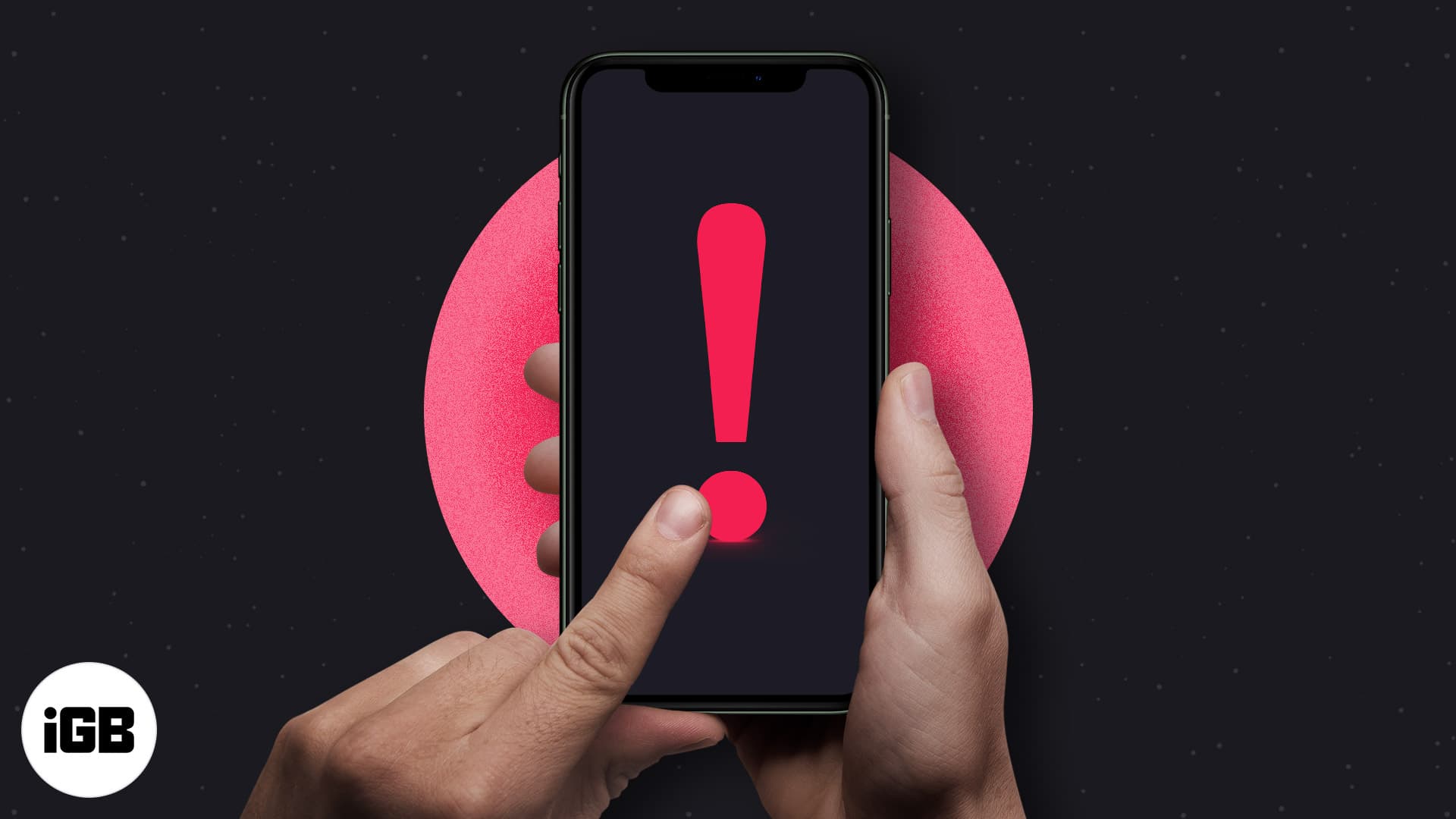Many Apple forum users have reported that their iPhone touch screen stopped working after updating to iOS 17.
Usually, this problem occurs after you drop your iPhone, notice other software bugs, or install faulty apps. Additionally, certain screen protectors may hinder your display. Worry not; we’ve found several solutions to fix the problem and get your iPhone screen to respond to your touch once again!
8 Ways to fix iPhone screen not responding to touch
There are a few usual suspects when it comes to an iPhone screen that just doesn’t seem to work correctly. Here’s what they are and how to get your screen back in working order.
1. Force restart your iPhone
Normally, you’d have to use your iPhone’s touch screen to restart the device. After holding the power and volume buttons, you’d “slide to power off.” But what should you do when your iPhone touch screen isn’t working?
Here’s the fix:
- Quickly press and release the Volume Up button.
- Then, quickly press and release the Volume Down button.
- Finally, press and hold the Side button until the Apple logo pops up.

This method force restarts your iPhone and (hopefully) fixes the unresponsive touchscreen issue. This quick fix can also remedy other issues like blurred iPhone corners.
No dice? In that case, it may be time to clean some schmutz off your screen.
2. Clean your iPhone
Even though the iPhone is water-resistant, it has some limitations. Any liquid on the iPhone’s display or your finger can hinder your touch inputs with the screen, making it unresponsive. Clean off any liquid or debris on your iPhone display with a dry microfiber cloth. As per Apple Support’s Cleaning your iPhone post, you can also use 70% isopropyl alcohol or Clorox wipes for a sparkling screen.
If your iPhone was submerged in a pool or similar body of liquid, turn off your iPhone first. Let it dry completely (typically for several hours), and then turn it on. If your iPhone’s sound is distorted, some water may still reside in the speakers. Try ejecting liquid from your iPhone.
Also, remove any screen protectors or cases attached to your iPhone screen.
If your screen is clean, you don’t have a bulky screen protector or case getting in the way, and your iPhone is as dry as it’s supposed to be, a recently-installed app could be at fault.
3. Uninstall problematic apps
If you’ve noticed that your iPhone’s screen becomes unresponsive while using a particular app, that app might be the cause of the issue. Buggy apps can also be the reason for your iPhone screen not responding to touch.
Try uninstalling the app, then restarting your iPhone. If your touch screen responds well without the app, you can be fairly certain it was the cause of the issue. If you need the app, try reinstalling the latest version from the App Store once more.
- Press and hold the app icon on the home screen.
- Tap Remove App → Next, tap Delete App.
- Tap Delete.

- Now, open the App Store.
- Search for the app’s name. Download the app back onto your iPhone and see if it causes any further problems.
If the problem persists, try updating your iPhone to the latest version of iOS.
If the problem persists, move on to the next solution.
4. Update your iPhone using a computer
Sometimes, software updates can help fix the bugs or glitches of the existing software version. Try updating your iPhone by connecting it to a Mac or PC that you normally use.
Moreover, if that doesn’t work, you can try making a backup and restoring your iPhone through your Mac or PC. In some cases, this helps unresponsive iPhone touch screens.
5. Reset your iPhone
If your iPhone’s screen is completely unusable, head on to the next solution. However, if it’s a little responsive, try to reset your iPhone.
- Make sure your iPhone data is backed up to your computer or the cloud.
- Go to Settings → General → Reset.
- Select Erase All Content & Settings.

If your iPhone’s screen is still not responding to touch, it’s very unlikely that it’s a software issue. Try updating its firmware next to be certain.
6. Perform DFU
DFU stands for “Device Firmware Upgrade.” It removes everything from your device and reinstalls all software again. All of your data will be lost if not backed up to iCloud, pCloud, any other cloud service of your choosing, or an external hard drive.
Again, make sure you do this only if you have a recent backup or have no essential data on the iPhone that you cannot download from the cloud.
Check out the following guide to know how to put your iPhone in DFU mode.
7. Hardware defect
If none of the above solutions work, it’s almost certainly a hardware-related issue. Remove any attached screen protectors and phone case, and try using your iPhone.
Consider contacting Apple Support to get the screen replaced. However, the replacement can be a bit costly.
8. Fix it yourself with Self Service Repair
If you’ve narrowed it down to a hardware issue, it may be time to visit Apple Support, as we mentioned.
But if you’re keen on getting under the hood yourself, Apple wants to give you the chance.
Apple’s Self Service Repair is here, and you have the option to fix your touch screen issues in your own home. Make sure you do your research and proceed with caution here.
Who knows, you might find you enjoy fixing things.
Video: How to fix iPhone touch screen not working issue?
These were some of the ways to fix an unresponsive iPhone touch screen. We hope one of the methods listed above was helpful.
If you know of any other solutions to this problem, please share them with us in the comments below. And if you have any other questions about Apple products, ask away!
Read more:
- iPhone screen dims randomly? 13 Best fixes explained!
- How to fix iPhone screen burn-in issue
- How to speed up a slow iPhone
🗣️ Our site is supported by our readers like you. When you purchase through our links, we earn a small commission. Read Disclaimer.

